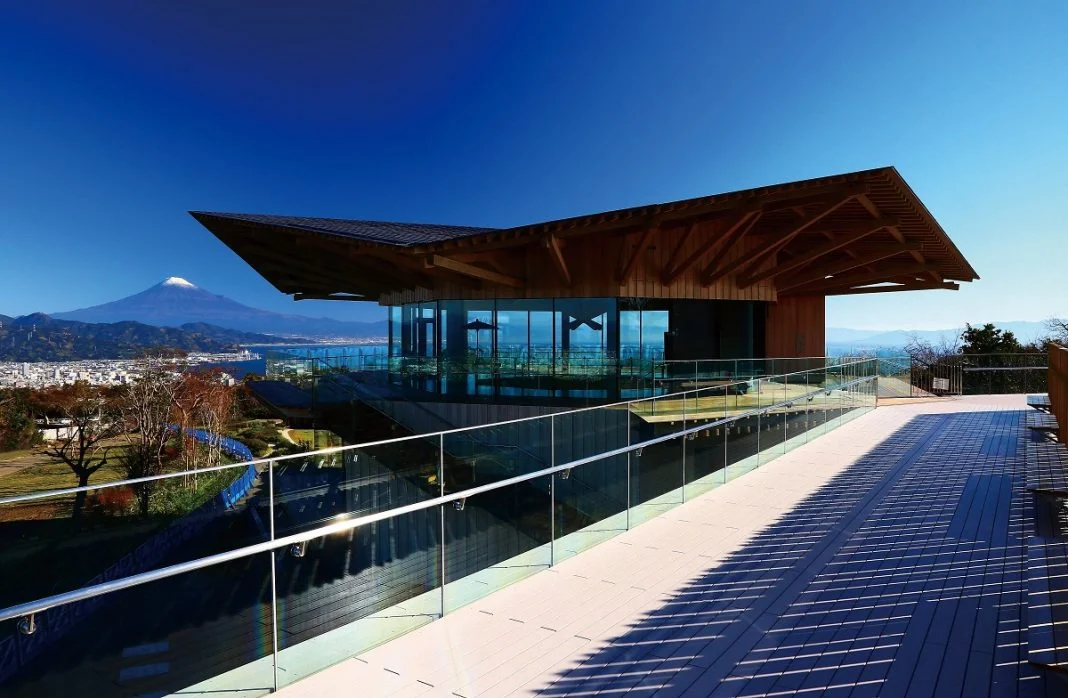Table of Contents
Nihondaira, one of Japan’s most picturesque spots
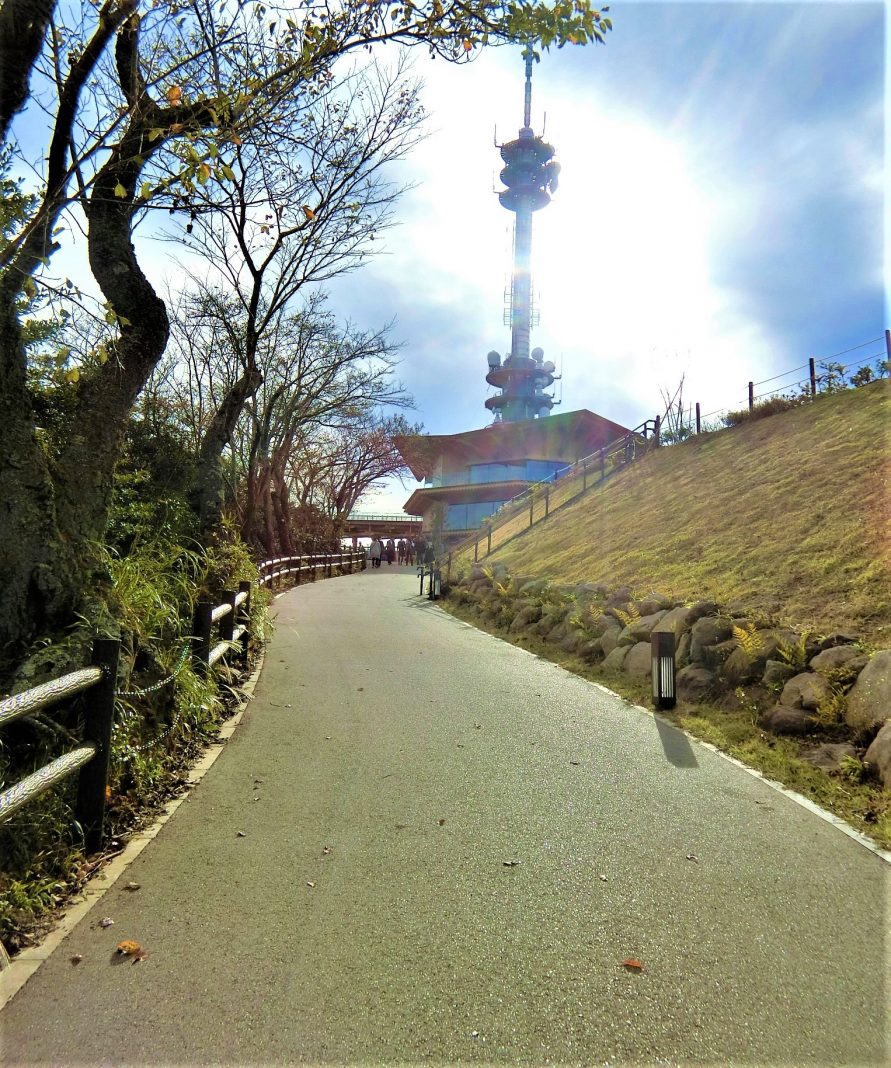
“Nihondaira”, Its name is derived from Yamato Takeru no Mikoto, a legendary figure from the distant age of the gods.
According to the Kojiki (the oldest existing record of Japanese history), it is believed that during his journey to the east, the Japanese warrior Yamato Takeru was attacked by bandits who trapped him and the grasslands in this area on fire to kill him, but he escaped by cutting the burning grass with the sacred sword that he carried at his waist.
After later defeating the bandits, Yamato Takeru climbed a small mountain in this area and looked over the land that he had leveled. This mountain was named “Nihondaira”, and he renamed the sacred sword that saved the plight of the people to “Kusanagi-no-Tsurugi”, one of the Three Imperial Sacred Treasures.
Today, Nihondaira is considered one of the most picturesque spots in Japan, having been awarded first place in the competition to determine Japan’s top 100 tourist attractions.
This time, we will be introducing the Nihondaira Yume Terrace located at the summit of Nihondaira. Now, let’s head for the Yume Terrace from the parking lot at the top of Nihondaira.
A beautiful wooden facility in harmony with the natural landscape
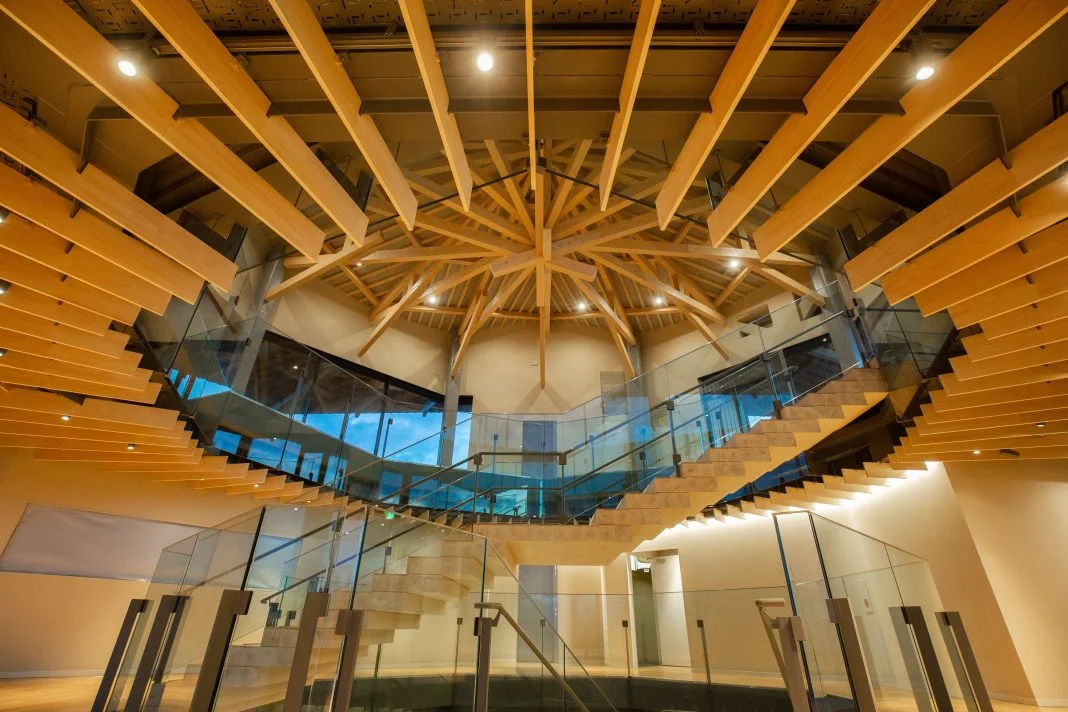
The Nihondaira Yume Terrace was designed by Kengo Kuma & Associates, who also designed the New National Stadium, which served as the main venue for the Tokyo 2020 Olympic Games. The beautiful wooden facility is made of wood sourced from Shizuoka Prefecture and blends in perfectly with the surrounding natural landscape.
Let’s start with the exhibition area on the 1st floor.
Here, the history and culture of Nihondaira and its nearby tourist attractions are introduced using graphic panels, projection mapping, and touch panels.
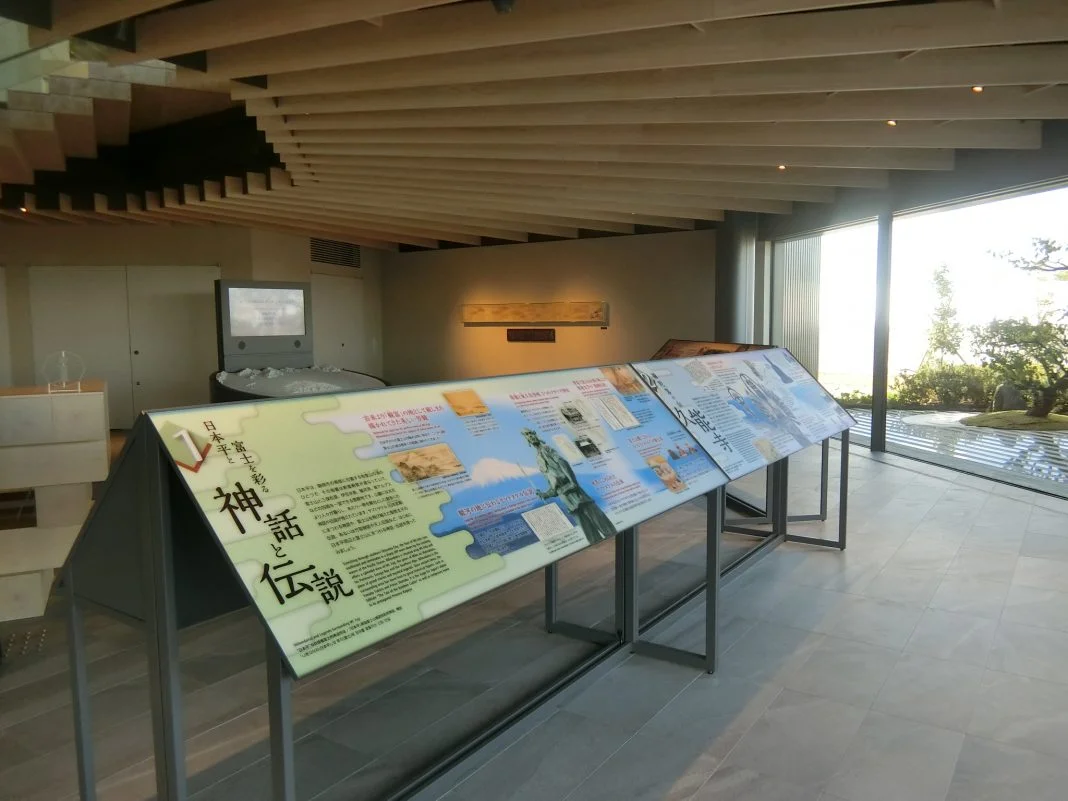

On the 2nd floor, there is a lounge where you can enjoy seasonal teas and sweets. Here, you can relax and enjoy the view beyond the glass.
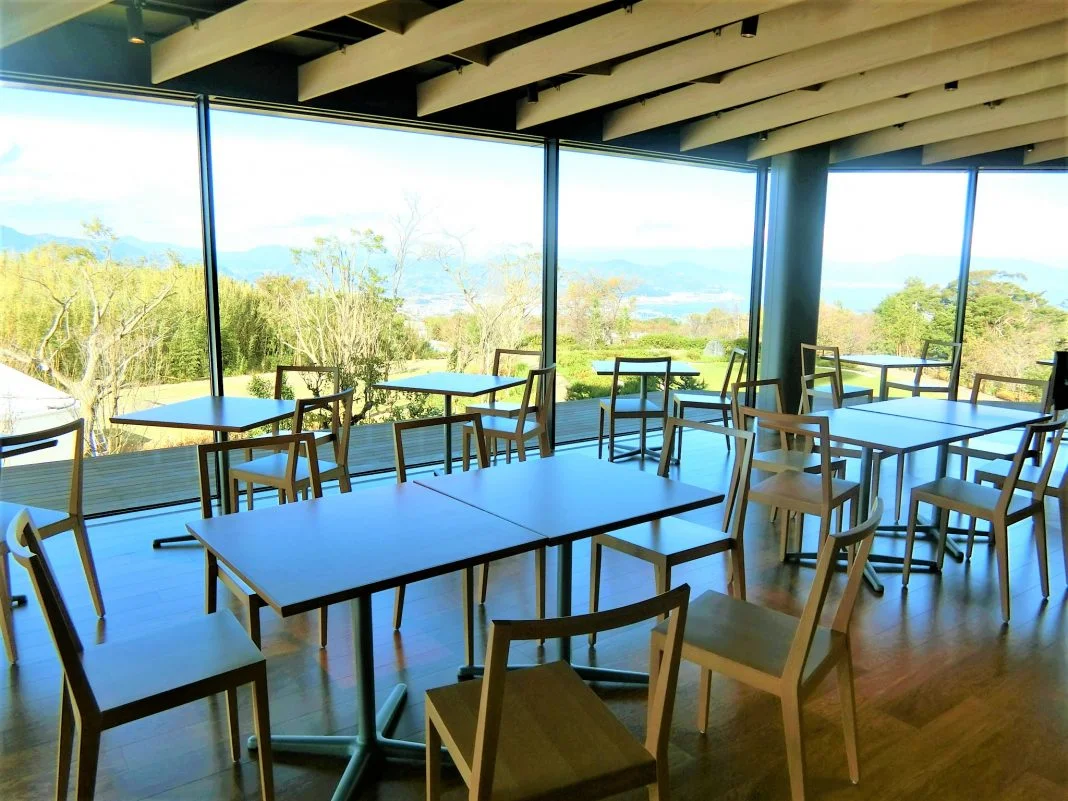
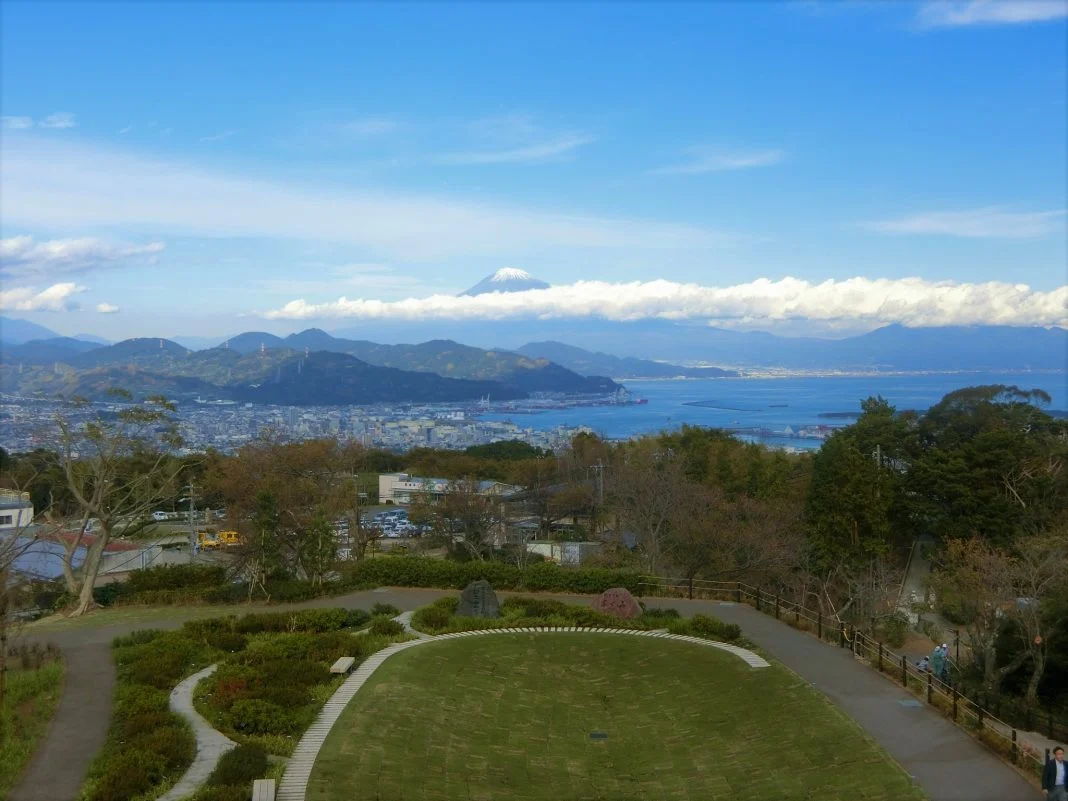
The third floor features a 360-degree, all-glass observation floor.
After climbing up the stairs and turning around, you can see a breathtaking view of Shimizu Port and Suruga Bay, the deepest bay in Japan, below you, with the majestic Mt. Fuji in the distance. In the unlikely event that the weather does not allow you to see Mt. Fuji, please enjoy the beautiful view of Mt. Fuji displayed on the large monitor.

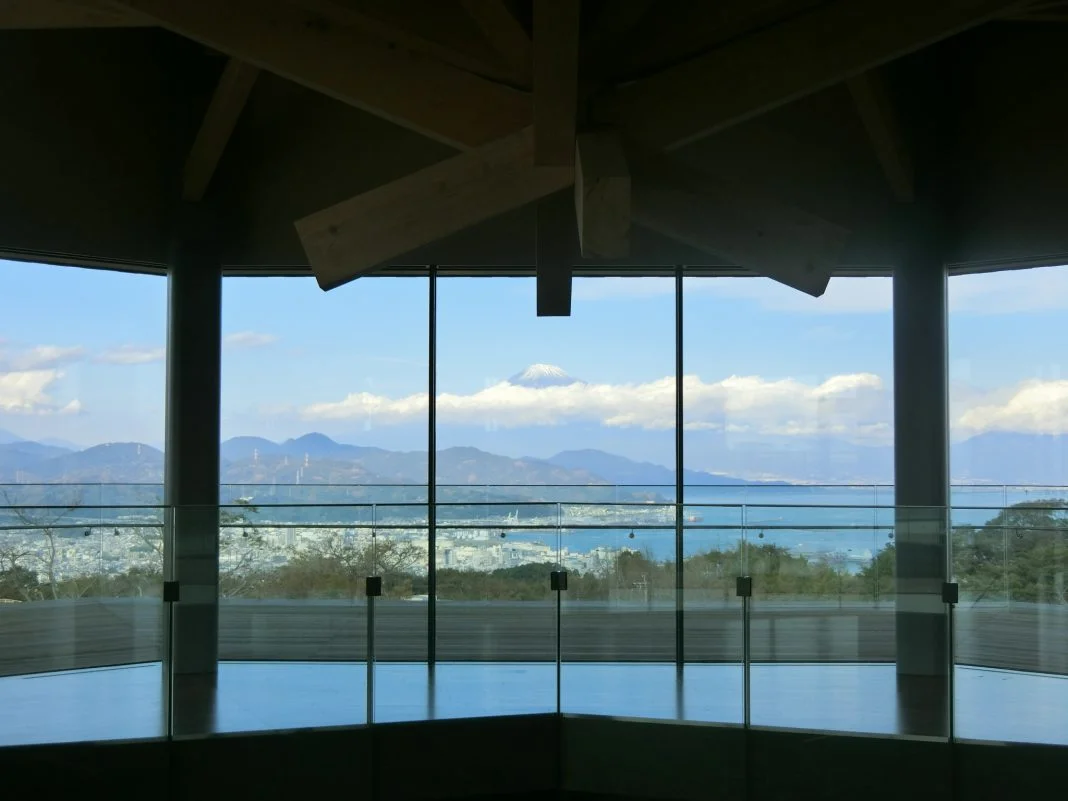
Observation corridor with a 360-degree panoramic view
Now let’s go outside and head over to the observation corridor!
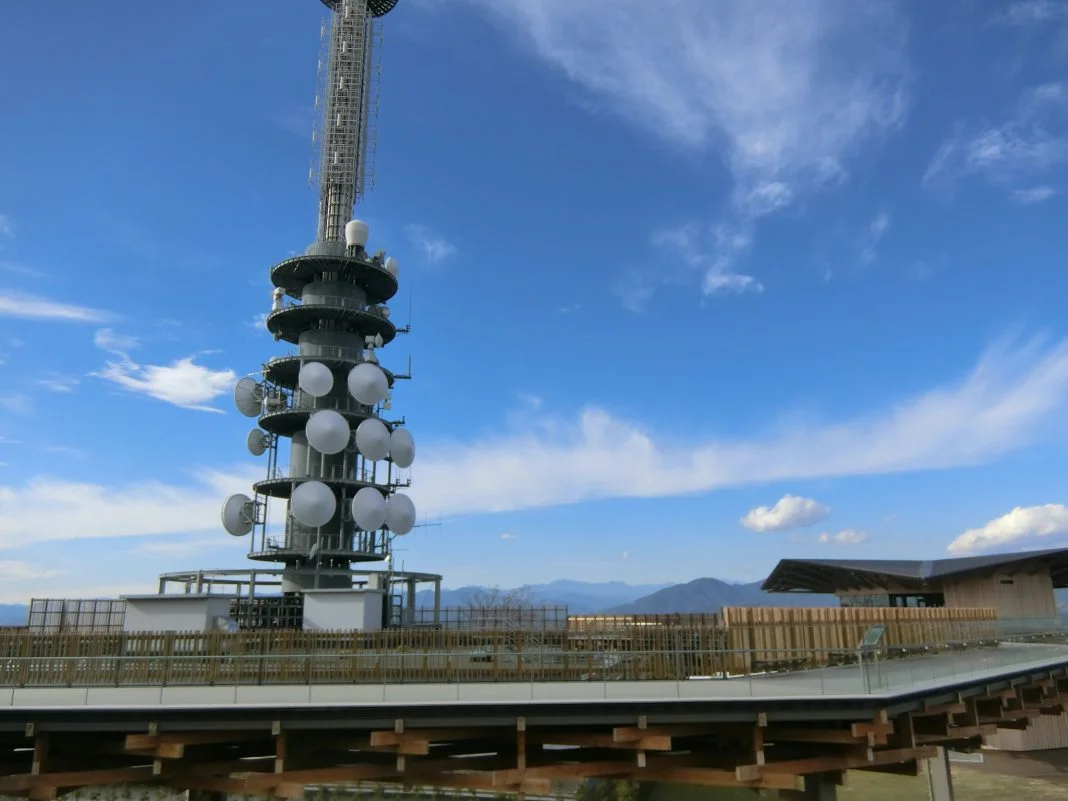

The observation corridor has a circumference with a length of approximately 200 meters.
As you take a lap around the corridor, you can see the city of Shizuoka, Suruga Bay, Miho no Matsubara, which was registered as a component heritage of Mt. Fuji, a World Heritage Site, and of course, Mt. Fuji itself.
Is it possible that Yamato Takeru also looked out over this land like this during the age of the gods?
How has the landscape changed between the times described in the Kojiki and today?
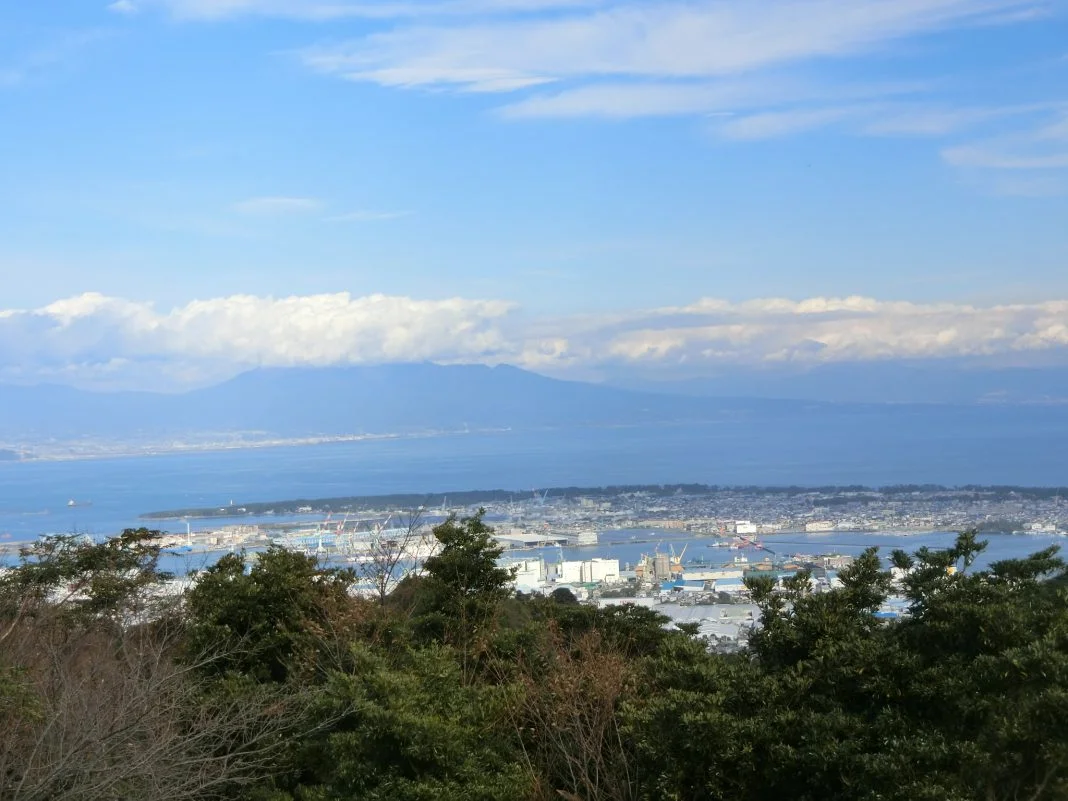
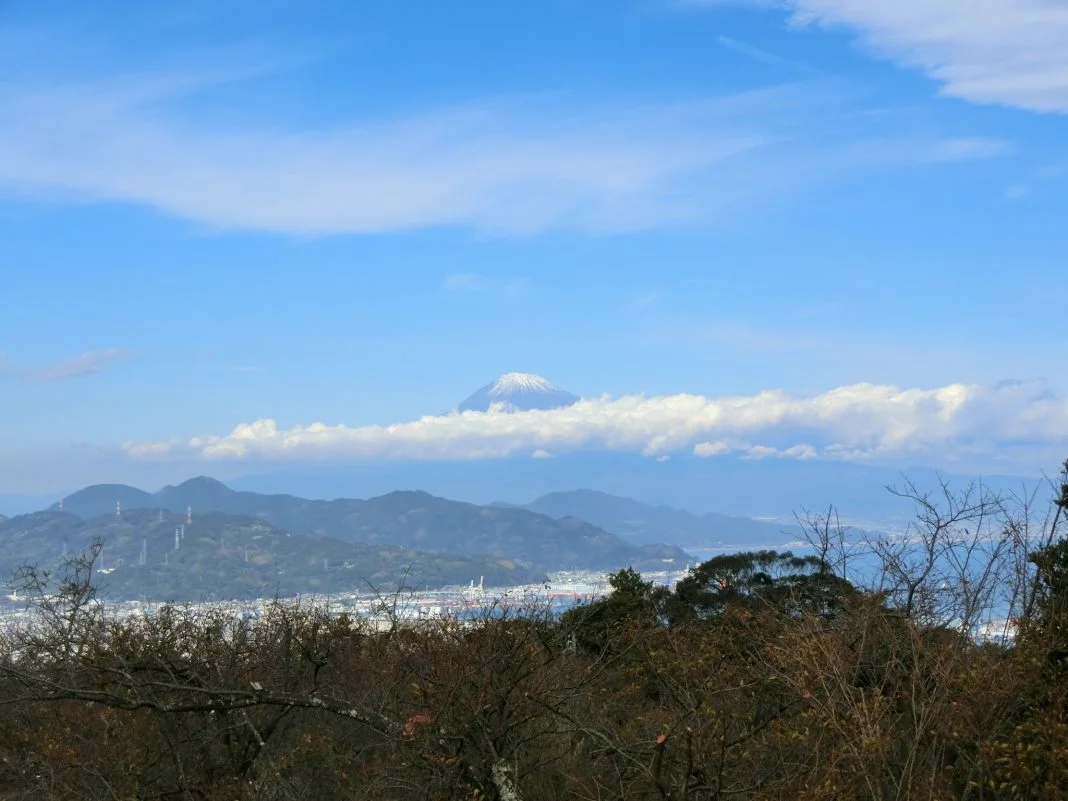
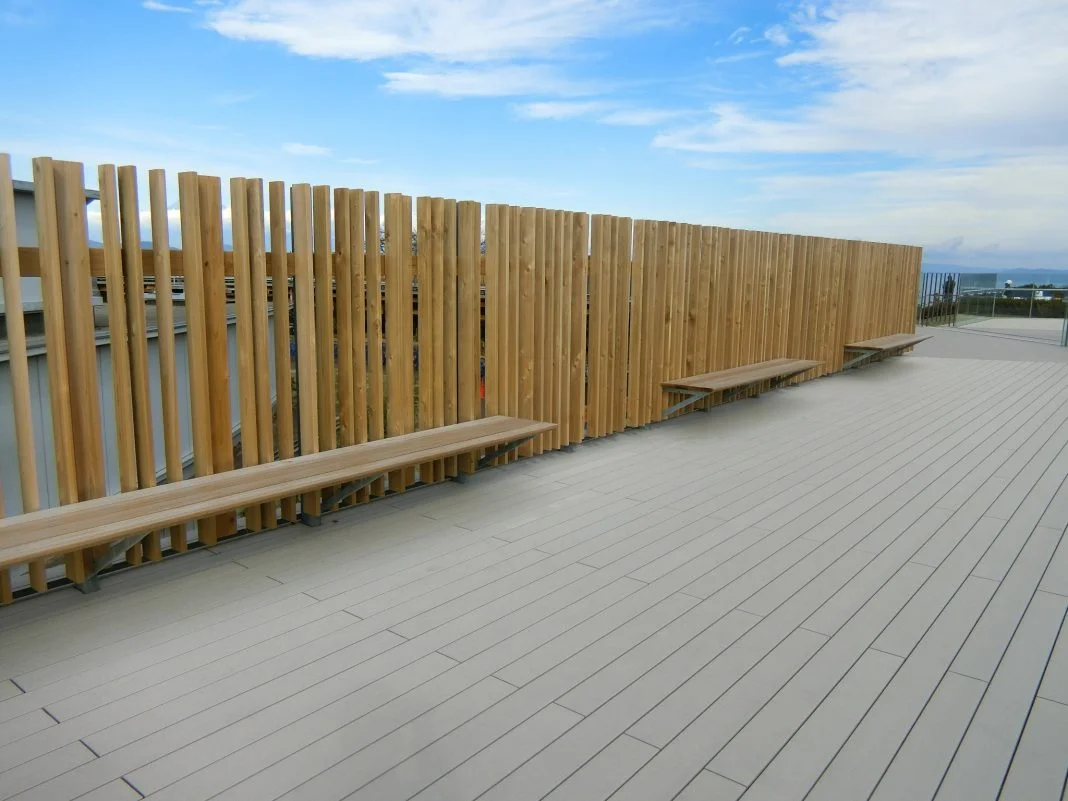
Visitors may enter the observation corridor at any time, regardless of the facility’s hours of operation or even on days when it is closed.
If you visit at night, you can enjoy the night view of Nihondaira, which is registered as one of Japan’s Nightscape Heritage Sites.
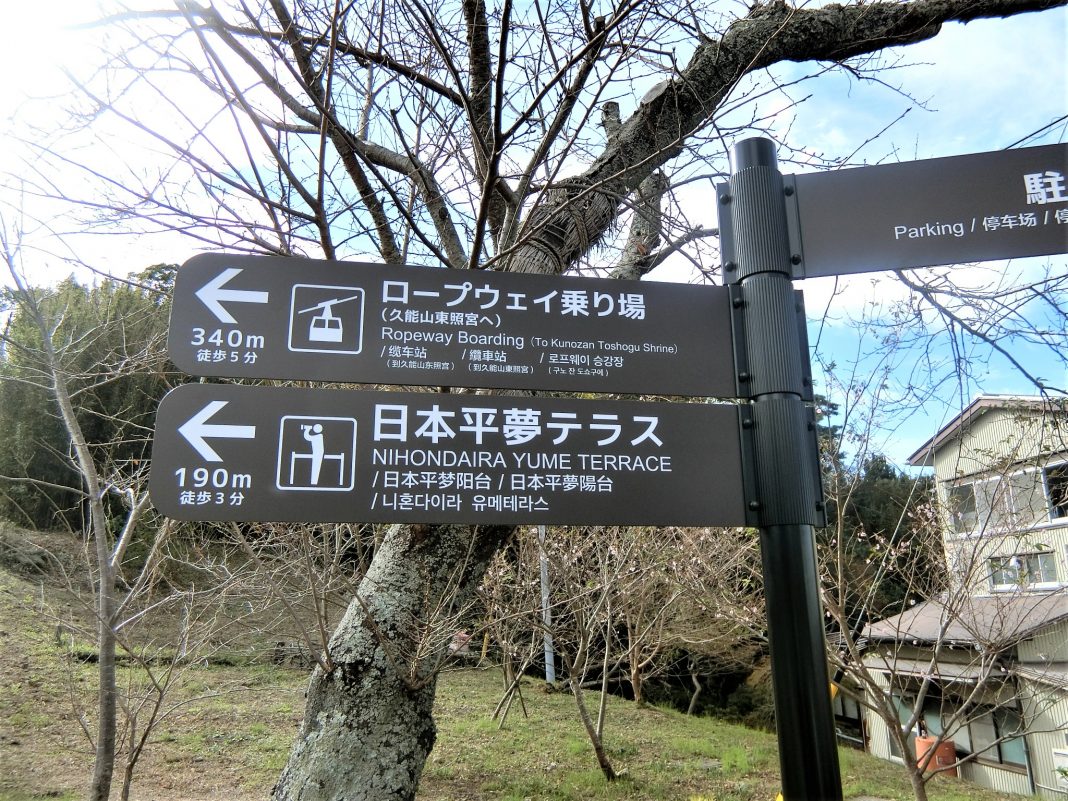
Nearby, there is a ropeway station near the Yume Terrace that connects the summit of Nihondaira and Mt. Kuno, and from here, you can also visit the Kunozan Toshogu Shrine. Please stop by, along with your visit to the Yume Terrace!
Information about Nihondaira Yume Terrace: https://nihondaira-yume-terrace.jp/wp-content/themes/nihondaira/pdf/pamphlet_english.pdf
